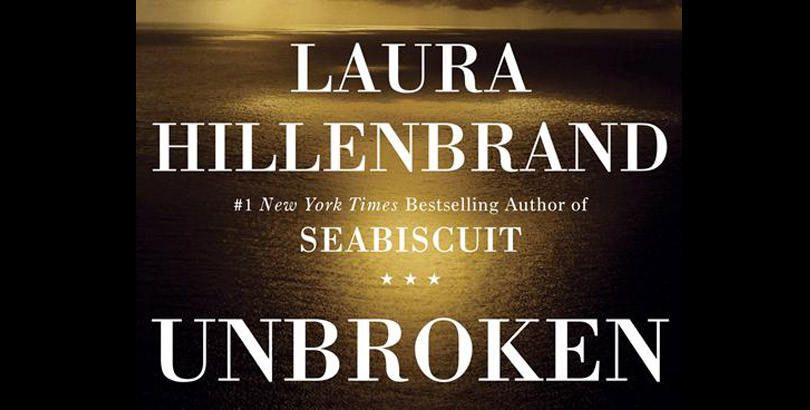Exhausted and starved while stranded on a life raft, a US soldier during World War II sees a plane flying high above. In hopes of being rescued, he and the two other soldiers with him shoot flares up into the air. The plane notices—and promptly begins to shoot at them, having been a Japanese warplane. Attempting to escape the bullets, they are forced to jump into the shark-infested water. Such is one aspect of the story that is told in “Unbroken: A World War II Story of Survival, Resilience, and Redemption,” by Laura Hillenbrand.
Sometimes, great novels are created by a writer’s masterful control over language to depict a compelling story. In other books, the story itself shines through the writing to reveal a brilliantly compelling narrative that begs to be told. “Unbroken” is one of these books.
“Unbroken” covers the span of several decades; it starts off by focusing on the boyhood years of Louis Zamperini, a misbehaving son of Italian immigrants. The novel narrates Zamperini’s brief career as an Olympic athlete, and then covers his experiences as a soldier during and after the Second World War. Throughout the book, the events that Zamperini must face are some of the most strenuous and existentialist crises that can befall any human, and it is this unique narrative that compels readers to read the novel.
Though once having been a child scared of planes and of flying, Zamperini becomes an airman during WWII. When he crashes in the middle of the Pacific during a rescue mission, he and his comrades are forced to survive for days on end on a lifeboat. Malnourished, they drift on the waters for a long time, before they are picked up—by Japanese soldiers. They are taken to a Japanese prison labor camp, where they undergo even worse hardships.
The struggle in telling such a narrative is obvious. The writing must be well crafted in order to do justice to the story and avoid turning it into a cliché; however, the writing cannot be so elaborate that the story becomes overshadowed. Hillenbrand’s prose is not flamboyantly distinctive; however, it is this clarity that allows the narrative to shine through the words. The writing varies in structure and flows together nicely, while the essentials of the plot are presented clearly to readers. With such techniques, Hillenbrand’s prose enables readers to appreciate the uniquely powerful nature of this story.
The talented writing is impressive, but what is even more admirable is the clearly immense amount of research that went into this book. Despite describing events that occurred over half a century ago, Hillenbrand’s novel is filled with enlightening and interesting details. She puts the narrative in the context of global events surrounding WWII, and her coverage of the events within the novel is thorough and penetrating. It is this effort that emerges from her writing and offers a unique, brilliant book for readers.
I would recommend this book wholeheartedly for all readers, especially lovers of nonfiction, suspense-seekers, and anyone interested in fascinating narratives. The depth and high level of human interest make this book worthwhile to read.

